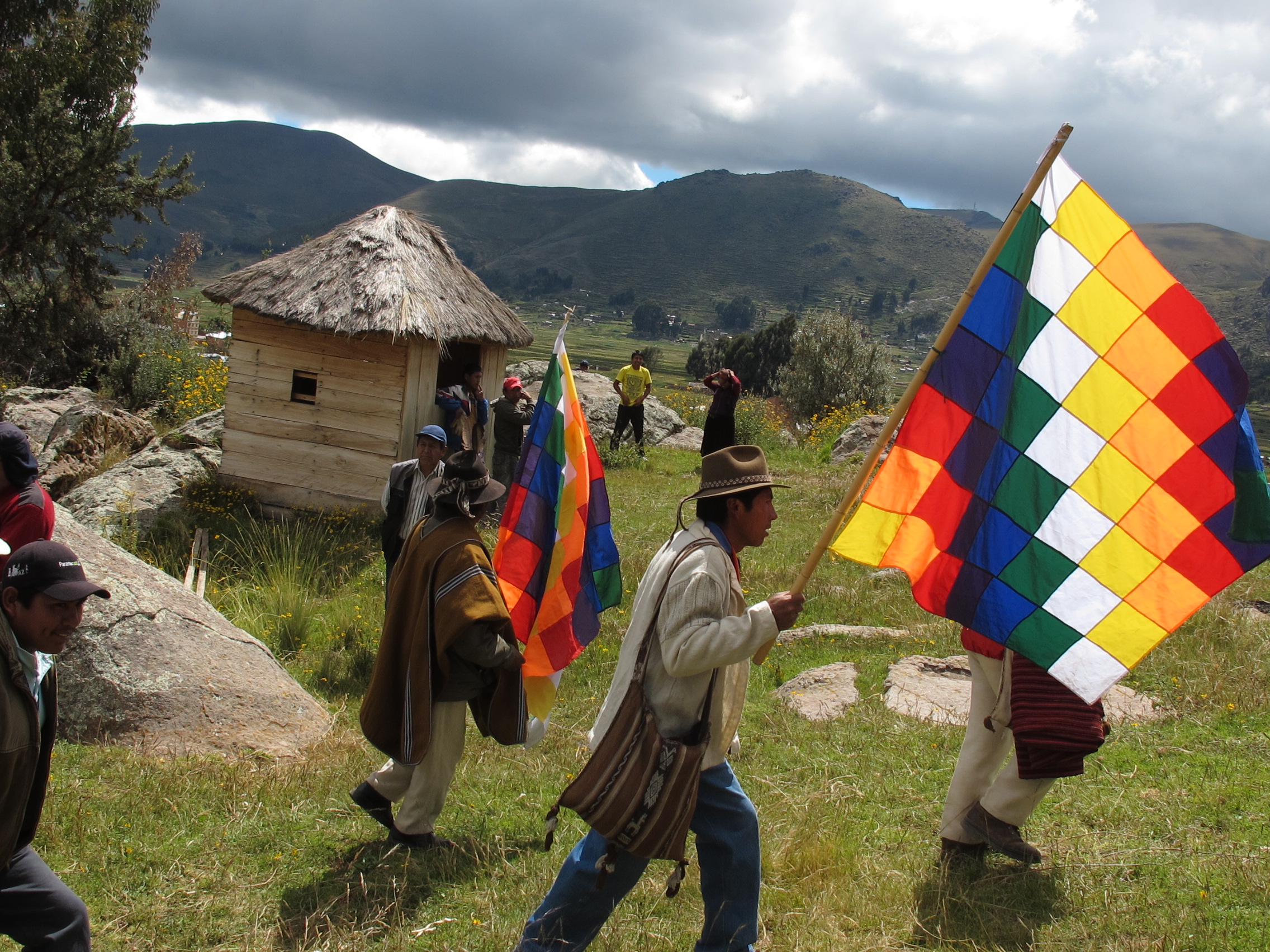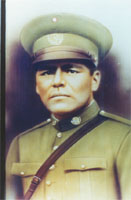|
Yaminawá
The Yaminawá (Iaminaua, JaminawaYawanawa'') are an indigenous people who live in Acre (Brazil), Madre de Dios (Peru) and Pando ( Bolivia). Their homeland is Acre, Brazil. Name The Yaminawá translated to "people of the axe." They are also called the Iaminaua, Jaminawa, Yaminawá (in Brazil), and Yaminahua (in Peru and Bolívia), as well as Yuminahua, Yabinahua, Yambinahua, Yamanawa, and other variants. The Yaminawá name was given to them by outsiders. They have several autonyms including Bashonawá (''basho'' = "opossum"), Marinawá (''mari'' = "cutia", an agouti), Xixinawá (''xixi'' = "white coati"), or Yawanawá (''yawa'' = "wild boar"). Language The Yaminawá language belongs to the Panoan language family. Linguists estimate that less than 1600 people speak the language. Its ISO 639-3 code is YAA. Very few Yaminawá people speak Spanish or Portuguese, and their literacy rate is extremely low. [...More Info...] [...Related Items...] OR: [Wikipedia] [Google] [Baidu] |
Yaminawá Language
Yaminawa (Yaminahua) is a Panoan language of western Amazonia. It is spoken by the Yaminawá and some related peoples. Yaminawa constitutes an extensive dialect cluster. Attested dialects are ''two or more Brazilian Yaminawa dialects, Peruvian Yaminawa, Chaninawa, Chitonawa, Mastanawa, Parkenawa'' (= Yora or "Nawa"), ''Shanenawa'' (Xaninaua, = Katukina de Feijó), ''Sharanawa'' (= Marinawa), ''Shawannawa'' (= Arara), ''Yawanawá, Yaminawa-arara'' (obsolescent; very similar to Shawannawa/Arara), ''Nehanawa''†).David Fleck, 2013, Panoan Languages and Linguistics', Anthropological Papers of the American Museum of Natural History #99 Very few Yaminawá speak Spanish or Portuguese, though the Shanenawa have mostly shifted to Portuguese. Phonology The vowels of Yaminawa are /a, i, ɯ, u/. /i, ɯ, u/ can also be heard as [ɪ, ɨ, o]. Sharanawa, Yaminawa, and Yora have nasalized counterparts for each of the vowels, and demonstrate contrastive nasalization. is heard as an alloph ... [...More Info...] [...Related Items...] OR: [Wikipedia] [Google] [Baidu] |
Indigenous Peoples In Bolivia
Indigenous peoples in Bolivia, or Native Bolivians, are Bolivian people who are of indigenous ancestry. They constitute anywhere from 40 to 70% of Bolivia's population of 11,306,341, depending on different estimates, and belong to 36 recognized ethnic groups. Aymara and Quechua are the largest groups."Indigenous peoples in Bolivia." ''International Work Group for Indigenous Affairs.'' Retrieved 2 Dec 2013. The geography of Bolivia includes the , the , and the |
Indigenous Peoples In Peru
The Indigenous peoples of Peru, or Native Peruvians, comprise a large number of ethnic groups who inhabit territory in present-day Peru. Indigenous cultures developed here for thousands of years before the arrival of the Spanish in 1532. In 2017, the 5,972,606 Indigenous peoples formed about 26% of the total population of Peru. At the time of the Spanish arrival, the Indigenous peoples of the rain forest of the Amazon basin to the east of the Andes were mostly semi-nomadic tribes; they subsisted on hunting, fishing, gathering and slash and burn agriculture. Those peoples living in the Andes and to the west were dominated by the Inca Empire, who had a complex, hierarchical civilization. It developed many cities, building major temples and monuments with techniques of highly skilled stonemasonry. Many of the estimated 2000 nations and tribes present in 1500 died out as a consequence of the expansion and consolidation of the Inca Empire and its successor after 1533, the Spanish em ... [...More Info...] [...Related Items...] OR: [Wikipedia] [Google] [Baidu] |
Brazil
Brazil ( pt, Brasil; ), officially the Federative Republic of Brazil (Portuguese: ), is the largest country in both South America and Latin America. At and with over 217 million people, Brazil is the world's fifth-largest country by area and the seventh most populous. Its capital is Brasília, and its most populous city is São Paulo. The federation is composed of the union of the 26 States of Brazil, states and the Federal District (Brazil), Federal District. It is the largest country to have Portuguese language, Portuguese as an List of territorial entities where Portuguese is an official language, official language and the only one in the Americas; one of the most Multiculturalism, multicultural and ethnically diverse nations, due to over a century of mass Immigration to Brazil, immigration from around the world; and the most populous Catholic Church by country, Roman Catholic-majority country. Bounded by the Atlantic Ocean on the east, Brazil has a Coastline of Brazi ... [...More Info...] [...Related Items...] OR: [Wikipedia] [Google] [Baidu] |
Agouti
The agouti (, ) or common agouti is any of several rodent species of the genus ''Dasyprocta''. They are native to Middle America, northern and central South America, and the southern Lesser Antilles. Some species have also been introduced elsewhere in the West Indies. They are related to guinea pigs and look quite similar, but they are larger and have longer legs. The species vary considerably in colour, being brown, reddish, dull orange, greyish, or blackish, but typically with lighter underparts. Their bodies are covered with coarse hair, which is raised when alarmed. They weigh and are in length, with short, hairless tails. The related pacas were placed by some authorities in a genus called ''Agouti'', though ''Cuniculus'' has priority and is the correct term. In West Africa (especially Ivory Coast), the name "agouti" designates the greater cane rat which, while an agricultural pest, is often sought as a bushmeat delicacy. The Spanish term is ''agutí.'' In Mexico, the ... [...More Info...] [...Related Items...] OR: [Wikipedia] [Google] [Baidu] |
Ethnic Groups In Brazil
Brazilian society is made up of a confluence of people of several different origins, from the original Native Brazilians, with the influence of Portuguese colonists and people of African descent. Other major significant groups include Italians, Spaniards, Germans, Lebanese and Japanese. Latin Europe accounted for four-fifths of the arrivals (1.8 million Portuguese, 1.5 million Italians, and 700,000 Spaniards). Brazil has seen greater racial equality over time. According to a recent review study, "There has been major, albeit uneven, progress in these terms since slavery, which has unfortunately not wholly translated into equality of income: only in 2011 did the black-to-white income ratio eclipse its 1960 level, although it appears to be at an all-time high. Education and migration were important factors in closing the gap, whereas school quality and discrimination may explain its persistence." Historic background The Brazilian population was formed by the influx of Po ... [...More Info...] [...Related Items...] OR: [Wikipedia] [Google] [Baidu] |
Encyclopedia Of Indigenous Peoples In Brazil
The ''Encyclopedia of Indigenous Peoples in Brazil'' is a specialized encyclopedia about the indigenous peoples in Brazil, published online since 1998 by the Instituto Socioambiental (ISA). It presents over 200 articles with ethnographic information about indigenous peoples in Brazil, as well as analyses, news and other indigenous-related material. In 2013 it was awarded with the Rodrigo de Melo Franco Prize, by the Brazilian National Institute of Historic and Artistic Heritage The National Historic and Artistic Heritage Institute (, IPHAN) is a heritage register of the federal government of Brazil. It is responsible for the preservation of buildings, monuments, structures, objects and sites, as well as the register and ..., for its services in communicating indigenous cultures and heritage.National Institute of Historic and Artistic Heritage (IPHAN), Rodrigo de Melo Franco Prize Award-winning initiatives/ref> References Encyclopedias of culture and ethnicity Latin Ameri ... [...More Info...] [...Related Items...] OR: [Wikipedia] [Google] [Baidu] |
Zapotec Peoples
The Zapotecs ( Valley Zapotec: ''Bën za'') are an indigenous people of Mexico. The population is concentrated in the southern state of Oaxaca, but Zapotec communities also exist in neighboring states. The present-day population is estimated at approximately 400,000 to 650,000 persons, many of whom are monolingual in one of the native Zapotec languages and dialects. In pre-Columbian times, the Zapotec civilization was one of the highly developed cultures of Mesoamerica, which, among other things, included a system of writing. Many people of Zapotec ancestry have emigrated to the United States over several decades, and they maintain their own social organizations in the Los Angeles and Central Valley areas of California. There are four basic groups of Zapotecs: the ', who live in the southern Isthmus of Tehuantepec, the ', who live in the northern mountains of the Sierra Madre de Oaxaca, the southern Zapotecs, who live in the southern mountains of the Sierra Sur, and the Central Va ... [...More Info...] [...Related Items...] OR: [Wikipedia] [Google] [Baidu] |
Mixteca
The Mixtecs (), or Mixtecos, are indigenous Mesoamerican peoples of Mexico inhabiting the region known as La Mixteca of Oaxaca and Puebla as well as La Montaña Region and Costa Chica Regions of the state of Guerrero. The Mixtec Culture was the main Mixtec civilization, which lasted from around 1500 BC until being conquered by the Spanish in 1523. The Mixtec region is generally divided into three subregions based on geography: the Mixteca Alta (Upper Mixtec or Ñuu Savi Sukun), the Mixteca Baja (Lower Mixtec or Ñuu I'ni), and the Mixteca Costa (Coastal Mixtec or Ñuu Andivi). The Alta is drier with higher elevations, while the Baja is lower in elevation, hot but dry, and the Coasta also low in elevation but much more humid and tropical. The Alta has seen the most study by archaeologists, with evidence for human settlement going back to the Archaic and Early Formative periods. The first urbanized sites emerged here. Long considered to be part of the larger Mixteca region, ... [...More Info...] [...Related Items...] OR: [Wikipedia] [Google] [Baidu] |
ISO 639-3
ISO 639-3:2007, ''Codes for the representation of names of languages – Part 3: Alpha-3 code for comprehensive coverage of languages'', is an international standard for language codes in the ISO 639 series. It defines three-letter codes for identifying languages. The standard was published by International Organization for Standardization (ISO) on 1 February 2007. ISO 639-3 extends the ISO 639-2 alpha-3 codes with an aim to cover all known natural languages. The extended language coverage was based primarily on the language codes used in the ''Ethnologue'' (volumes 10–14) published by SIL International, which is now the registration authority for ISO 639-3. It provides an enumeration of languages as complete as possible, including living and extinct, ancient and constructed, major and minor, written and unwritten. However, it does not include reconstructed languages such as Proto-Indo-European. ISO 639-3 is intended for use as metadata codes in a wide range of applications. ... [...More Info...] [...Related Items...] OR: [Wikipedia] [Google] [Baidu] |


.jpg)


